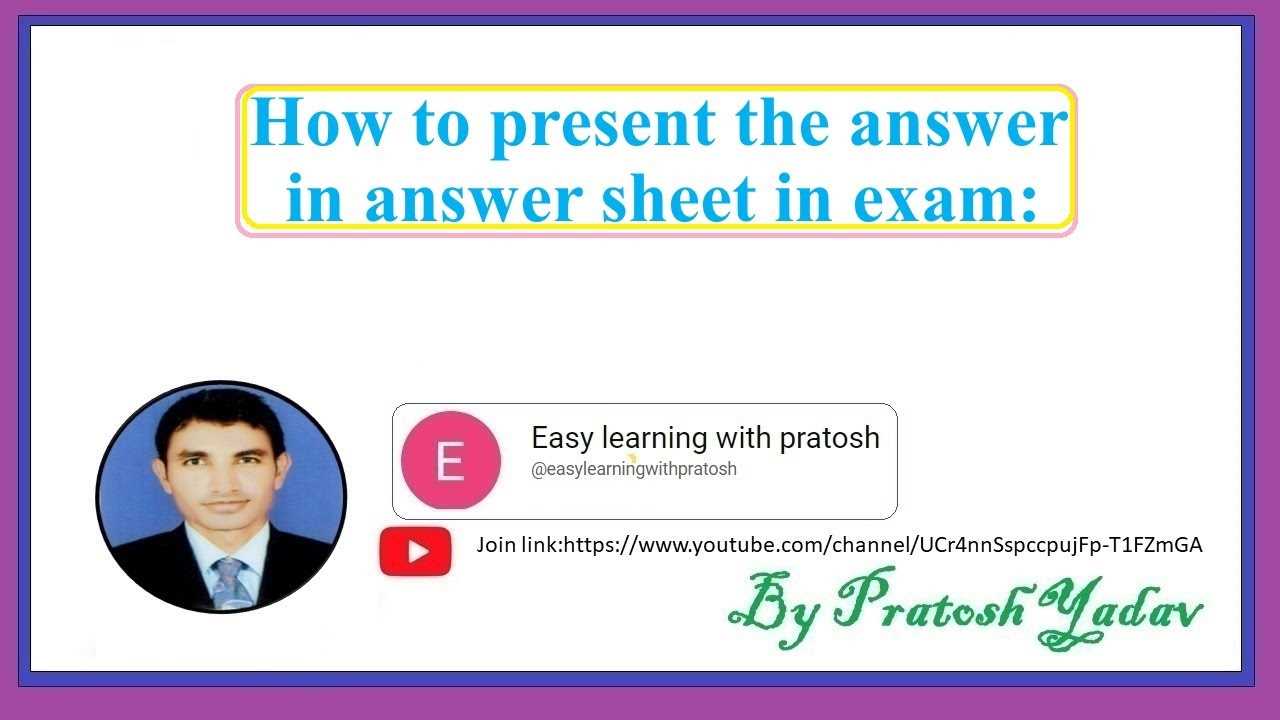
Effective communication during an evaluation is key to achieving success. Knowing the right techniques to organize your thoughts and express them clearly can make a significant difference in your performance. Being able to convey your knowledge in a structured and understandable way is just as important as having the correct information.
Clarity plays a crucial role in ensuring your points are easily grasped by the evaluator. Avoiding overly complex sentences and focusing on simplicity will help highlight your strengths. Additionally, presenting information in an orderly manner reflects your grasp of the subject and your ability to think critically.
Mastering these skills requires practice and a thoughtful approach to each response. By following effective methods and staying focused, you can improve both the quality and clarity of your responses, setting yourself up for better results in any testing environment.
Effective Strategies for Exam Presentation
When it comes to showcasing your knowledge during a test, it’s essential to focus not only on what you know but also on how you convey that information. The way you organize and structure your responses can influence how well your points are understood. By applying a few practical strategies, you can enhance the clarity and impact of your submissions.
Organizing Your Thoughts Clearly
Clear organization is a fundamental aspect of successful communication. Well-structured responses are easier to follow and demonstrate a deeper understanding of the topic. Consider the following approaches:
- Introduction: Begin with a brief overview of the key points you intend to cover. This helps set expectations and guides the reader through your response.
- Main Points: Break your main points into distinct paragraphs or sections. Each idea should flow logically from one to the next.
- Conclusion: Summarize your main ideas and offer any final thoughts, reinforcing the key message of your response.
Clarity and Brevity
Simplicity is a powerful tool. Keep your sentences short and to the point to avoid overwhelming the reader with unnecessary details. Focus on the most relevant information, and ensure each sentence directly supports your main argument. Remember:
- Use simple language that is easy to understand.
- Avoid repeating the same information or using redundant phrases.
- Ensure each point contributes to answering the question or addressing the topic at hand.
By following these strategies, you can present your knowledge in a way that is both clear and effective, enhancing your overall performance.
Understanding the Question Before Answering
Before responding to any question, it’s important to fully grasp its meaning and intent. A clear understanding of what is being asked allows you to provide a focused and relevant response, ensuring that you address the key elements. Taking time to read the prompt carefully can prevent mistakes and help you avoid unnecessary details.
Start by identifying the main concept or problem. Pay attention to key words that indicate what is expected, such as “explain,” “describe,” or “compare.” These terms guide the structure of your response and help you decide how to organize your thoughts. Additionally, look for any specific instructions about the length or type of response required.
Finally, reread the question once more before you begin writing. This final check will confirm your understanding and give you a chance to adjust your approach if needed. A solid grasp of the question leads to more accurate and effective responses, ultimately improving your performance.
Organizing Your Thoughts Clearly
Effective communication relies on the ability to organize ideas in a logical and coherent way. When expressing your knowledge, it is important to structure your response so that it flows naturally and supports your key points. A clear structure not only makes your response easier to follow but also demonstrates your understanding of the topic.
One approach to organizing your ideas is to break them down into distinct sections, each focused on a particular point. This can be done by using paragraphs or even bullet points, depending on the nature of the question. Start with a brief introduction to the topic, then expand on the main points in a logical order, and finally conclude with a summary or closing statement.
Here’s an example of how to structure your response:
| Section | Description |
|---|---|
| Introduction | Introduce the main topic or idea you will discuss. |
| Main Point 1 | Provide details and explanation for the first key point. |
| Main Point 2 | Explain the second important aspect, using examples or evidence. |
| Conclusion | Summarize the key points and offer a final perspective on the topic. |
By organizing your thoughts in a clear and structured manner, you ensure that each part of your response is connected and easy to understand, making your knowledge more accessible to the reader.
Prioritizing Key Information in Responses
When responding to a question, it’s essential to focus on the most important details that directly address the core of the inquiry. By identifying and highlighting the key points, you ensure that your response remains relevant and concise. This approach helps you avoid unnecessary information while ensuring that you effectively convey your knowledge.
Start by reading the question carefully to understand what is being asked. Once you have a clear idea, determine the critical elements that will form the backbone of your response. These are the facts or concepts that best answer the question. Prioritizing these aspects will help you maintain focus and structure your response efficiently.
Next, organize your response in a way that places the most significant information at the beginning. This ensures that the evaluator can quickly grasp the essential points, even if they don’t read every detail. Any additional explanations or examples can follow, but should support, rather than overshadow, the main ideas.
Importance of Neat and Legible Writing
Clear and readable handwriting plays a crucial role in ensuring that your responses are understood. Even if the content is strong, poor handwriting can make it difficult for the evaluator to follow your thoughts, potentially leading to misunderstandings or lost marks. Neat writing helps convey your ideas effectively and shows attention to detail.
Benefits of Legible Handwriting
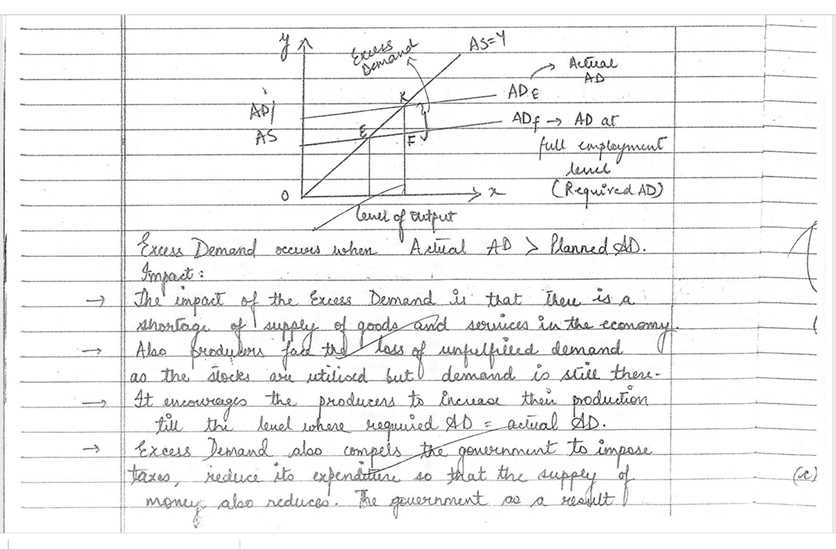
There are several reasons why maintaining clean and legible writing is essential:
- Clarity: Well-formed letters make your response easier to read and comprehend.
- Professionalism: Clear writing reflects a level of care and seriousness about the task.
- Efficiency: A neat presentation allows the evaluator to focus on your content, not deciphering your handwriting.
Tips for Improving Handwriting
Here are some helpful techniques to improve legibility:
- Write Slowly: Take your time to form each letter properly.
- Maintain Consistent Size: Keep letters and words uniform in size to avoid confusion.
- Use Proper Spacing: Leave enough space between words and lines to enhance readability.
By focusing on clear and neat handwriting, you increase the chances of your work being evaluated accurately, ensuring that your ideas are communicated without hindrance.
Time Management During Assessments
Managing time effectively is one of the most important skills to master during a testing situation. Without a proper plan, it’s easy to spend too much time on a single question and run out of time for others. A well-structured approach ensures that you can cover all necessary topics and still have time to review your work.
Effective Planning for Better Control

Before you begin, take a moment to assess the total available time and decide how much you should spend on each section. Here’s how to approach this:
- Allocate Time Based on Marks: Assign more time to questions that carry higher marks.
- Set Time Limits: Decide in advance how much time you’ll spend on each question and stick to it.
- Leave Buffer Time: Set aside the last 5-10 minutes to quickly review your work.
Staying Focused and Avoiding Distractions
It’s easy to lose track of time if you get stuck on a particularly challenging question. Keep the following tips in mind to stay focused:
- Move On If Stuck: If you can’t answer a question within the allocated time, move on and return to it later.
- Stay Calm: Keep a steady pace and avoid rushing. Stress can reduce efficiency.
- Use a Watch: Keep an eye on the clock to ensure you’re staying within your time limits.
By managing your time effectively, you maximize the quality of your responses and reduce the pressure that comes with limited time, ultimately improving your performance.
Using Bullet Points for Clarity
Organizing information clearly is crucial when responding to any question. Bullet points are a simple yet effective tool to break down complex ideas into digestible, easy-to-read segments. By using bullet points, you can highlight key points, making your response more structured and allowing the reader to quickly grasp the most important details.
Instead of long paragraphs, bullet points can be used to list important facts, steps, or ideas in a concise manner. This helps ensure that your response remains organized and focused, allowing the evaluator to easily follow your logic and understand your key messages. Furthermore, bullet points draw attention to the most relevant information, helping you avoid unnecessary details.
When using bullet points, remember to:
- Keep it brief: Use short phrases or sentences for each point.
- Stay relevant: Only include information that directly supports the main idea.
- Maintain consistency: Begin each point in a similar format (e.g., using verbs or nouns consistently).
By employing bullet points, you can present your ideas in a more organized, clear, and concise way, improving the overall readability and impact of your response.
Avoiding Unnecessary Details in Responses
When responding to any inquiry, it’s important to stay focused on the key points and avoid irrelevant information that doesn’t directly contribute to the main topic. Including unnecessary details can make your response lengthy and disorganized, potentially obscuring the core message. Keeping your reply concise and to the point not only saves time but also ensures clarity.
To avoid unnecessary elaboration, make sure you understand exactly what is being asked. Stick to answering the specific question without veering off into unrelated areas. If additional examples or explanations are required, ensure that they are directly relevant and add value to the response.
Here are some tips to keep your response focused:
- Be Specific: Address the question directly without providing extraneous background information.
- Avoid Over-explaining: Do not elaborate too much unless the question demands it.
- Keep Examples Relevant: Use examples that directly support the key points, rather than general or unrelated ones.
By keeping your responses clear and free from unnecessary details, you ensure that your main ideas are conveyed effectively and that your answer remains concise and impactful.
Using Diagrams and Charts Effectively
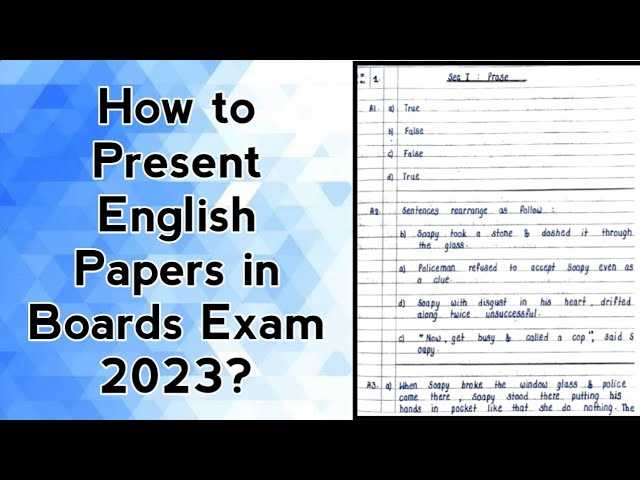
Visual aids such as diagrams and charts can significantly enhance your response by providing a clear and concise representation of complex information. They allow you to illustrate key concepts, relationships, or processes in a way that is easily understood, helping to clarify your points and make your explanation more engaging.
When to Include Diagrams or Charts
Visual elements should be included when they can simplify the explanation or provide a clearer understanding of the topic. Here are a few situations where diagrams and charts can be beneficial:
- To show relationships: Use diagrams to illustrate how different elements are connected or interact.
- For complex processes: Flowcharts or diagrams can make step-by-step processes more digestible.
- When comparing data: Charts can be used to present statistical information or comparisons between different sets of data.
Best Practices for Diagrams and Charts
To ensure your visual aids are helpful and effective, keep the following tips in mind:
- Label Clearly: Make sure all parts of the diagram or chart are labeled properly, with clear titles and descriptions where needed.
- Keep it Simple: Avoid cluttering your diagram with excessive details. Focus on the essential elements.
- Provide Context: Always explain the diagram or chart in your response. A visual aid alone may not fully communicate your point.
Incorporating diagrams and charts into your response can make your explanation more precise and easier to follow, helping to convey complex ideas in a clear and impactful manner.
Answering Directly to the Point
When responding to any inquiry, it’s essential to focus on the core question without unnecessary detours. Providing a direct response helps you communicate your knowledge efficiently, ensuring that the most relevant information is highlighted right away. Avoiding overly detailed explanations or unrelated background information makes your response clearer and more effective.
Staying concise and focused also saves valuable time, allowing you to address all parts of the question thoroughly without wasting time on irrelevant details. A straightforward approach also helps maintain clarity and prevents any confusion about what you’re conveying.
To answer directly and effectively, keep these points in mind:
- Address the question first: Start with the main point before elaborating further.
- Avoid unnecessary introductions: Skip lengthy preambles and go straight to the heart of the matter.
- Be specific: Stick to the most relevant facts and details that directly answer the question.
By staying focused and clear, you ensure that your response is not only concise but also impactful, demonstrating your ability to provide clear, relevant information without overcomplicating things.
Writing Short and Concise Sentences
Clear communication is essential when responding to any inquiry. One effective way to ensure your ideas are conveyed clearly is by using short, concise sentences. Long and complex sentences can confuse the reader, while shorter ones make it easier to follow your points without losing focus. Being direct and to the point also prevents unnecessary elaboration, making your response more efficient and effective.
Benefits of Short Sentences
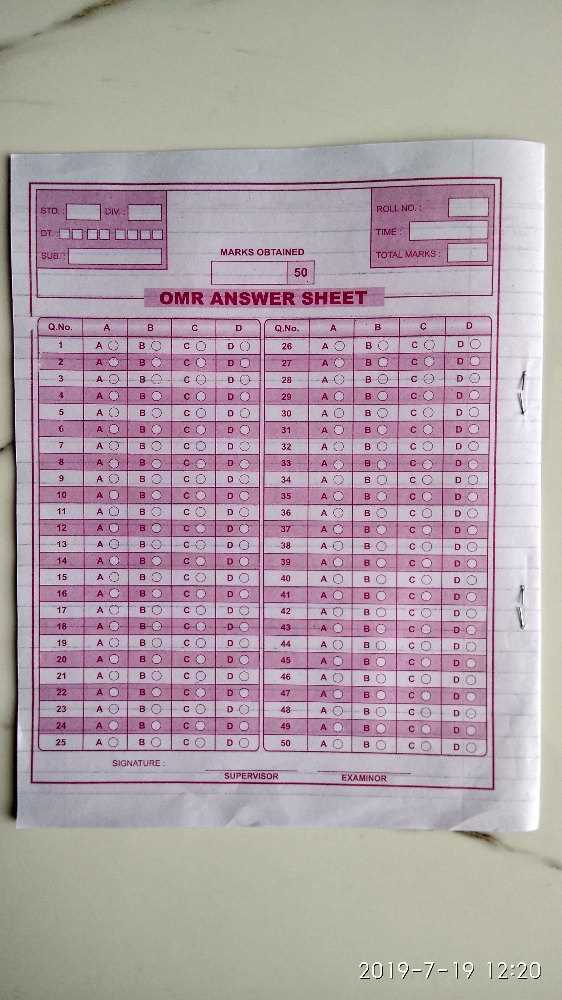
There are several advantages to using concise sentences in your response:
- Improved clarity: Short sentences are easier to understand and less likely to be misinterpreted.
- Increased impact: Direct sentences often have a stronger effect and leave a lasting impression.
- Better readability: Short sentences make your response more readable, especially under time pressure.
Tips for Writing Concise Sentences
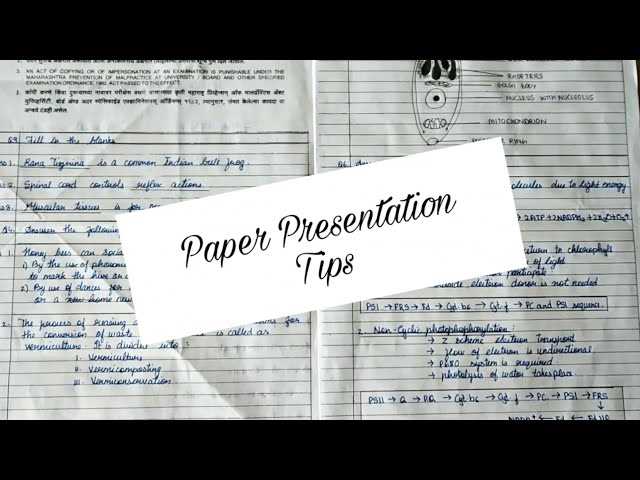
To write clear and brief sentences, follow these tips:
| Tip | Explanation |
|---|---|
| Eliminate unnecessary words | Remove filler words or phrases that don’t add value to your response. |
| Use active voice | Active voice is more direct and easier to understand than passive voice. |
| Focus on one idea per sentence | Each sentence should communicate a single, clear point without overcomplicating things. |
By following these strategies, you can create responses that are both clear and impactful, improving the overall effectiveness of your communication.
Handling Multiple Choice Questions Effectively

Multiple choice questions can seem tricky at first, but with the right approach, they can be easier to tackle. These questions typically offer several options, and your task is to select the correct one. A strategic approach can help you avoid unnecessary mistakes and improve your chances of selecting the right answer.
To answer multiple choice questions efficiently, follow these steps:
- Read the question carefully: Make sure you fully understand what the question is asking before looking at the options.
- Eliminate clearly wrong answers: Cross out any options that are obviously incorrect to narrow down your choices.
- Look for clues in the question: Sometimes, the wording of the question can hint at the correct answer, even if you’re not sure at first glance.
- Consider all options: Don’t rush to select the first option that seems correct. Compare all choices to ensure you’re making the best decision.
- Don’t second-guess yourself: If you’re confident in your choice, don’t waste time changing your answer unless you’re absolutely sure it’s wrong.
By following these strategies, you can improve your accuracy and efficiency when answering multiple choice questions, ensuring that you make the best choices based on the information provided.
Marking Important Parts of Your Response

Highlighting key points in your response can significantly improve its clarity and effectiveness. By emphasizing crucial information, you guide the reader through the main ideas, making it easier to understand your reasoning. Properly marking essential parts of your response also ensures that the most important details stand out, improving the overall quality of your communication.
Why Highlight Key Information?
When responding to a question, marking vital parts helps achieve the following:
- Improved readability: By drawing attention to important ideas, your response becomes easier to follow.
- Clarifies your message: Key points are immediately visible, making your argument or explanation clearer to the reader.
- Boosts confidence: Highlighting essential parts ensures that no important detail is overlooked, increasing the likelihood of a complete and accurate response.
Effective Ways to Highlight Key Points
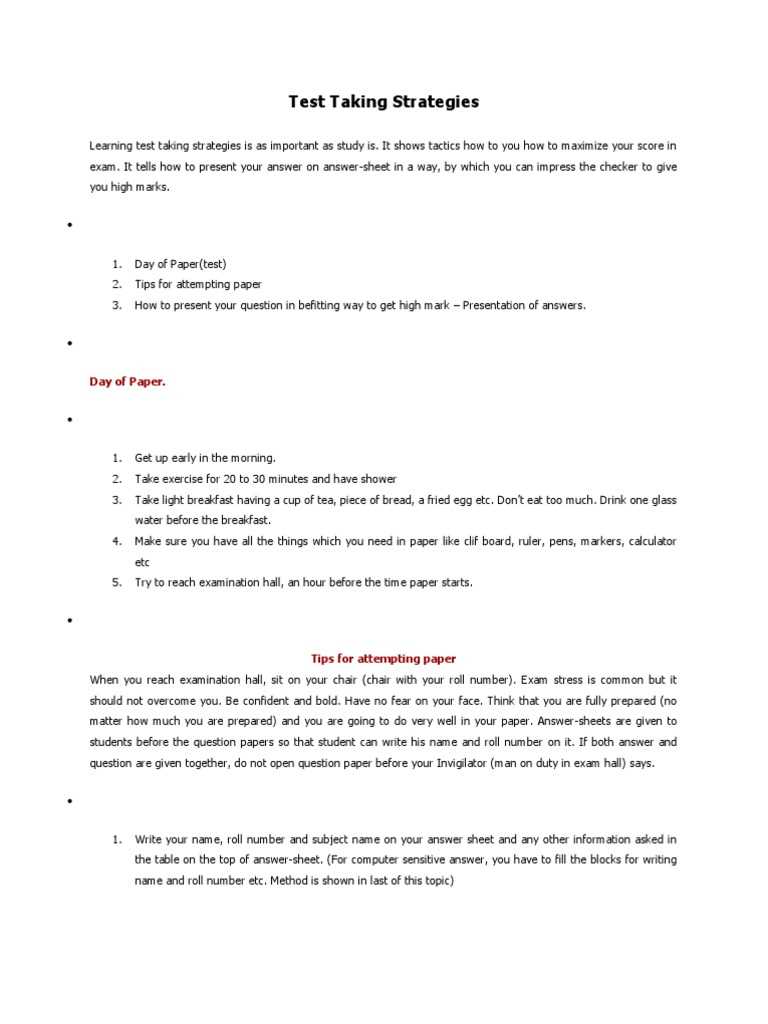
Here are some methods to mark important parts of your response:
- Use bullet points or numbering: Organize key ideas in lists to separate them from the rest of the content.
- Underline or bold important terms: This makes certain words or phrases stand out and draw attention to the most crucial information.
- Be selective: Don’t overuse highlighting. Focus on the most relevant and essential parts to avoid cluttering your response.
By thoughtfully marking important details, you can make your responses more effective and ensure that the essential information stands out clearly to the reader.
Reviewing Your Work Before Submission
Before finalizing your work, it is essential to take a moment to thoroughly check your responses. Reviewing allows you to catch any mistakes, ensure clarity, and verify that you’ve addressed all parts of the question. This final step can significantly improve the accuracy of your submission and increase your confidence in the work you’ve done.
Key Areas to Focus On During Review
When reviewing your work, pay attention to the following areas:
- Accuracy of information: Double-check all facts, figures, and details to ensure they are correct.
- Clarity and coherence: Ensure that your responses are well-organized, with each idea clearly connected to the next.
- Completeness: Make sure you have answered all parts of the question and that no section is left incomplete.
- Grammar and spelling: Review your sentences for grammatical errors, spelling mistakes, and punctuation issues.
- Formatting: Ensure that your text is neatly arranged and easy to read, with appropriate use of paragraphs, bullet points, and headings where necessary.
Steps for an Effective Review
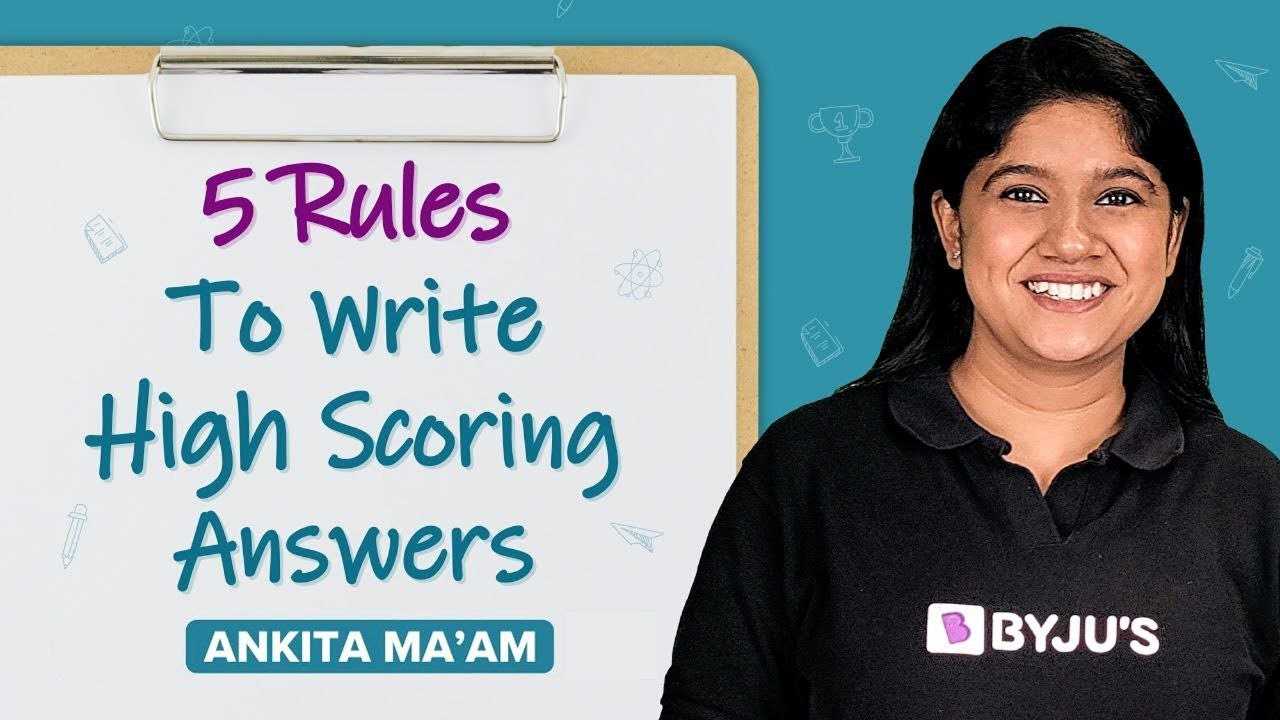
To ensure a thorough review, follow these steps:
- Take a break before reviewing: After completing your responses, step away for a few minutes to clear your mind before checking your work.
- Read through your responses: Read each answer carefully, focusing on one at a time to avoid overlooking mistakes.
- Verify your conclusions: Make sure your final conclusions or answers are fully supported by the information you’ve provided.
- Ask yourself key questions: Have I answered everything? Is my response clear and to the point? Are there any parts that could be improved?
By following these review techniques, you can ensure that your submission is polished, accurate, and ready for evaluation. A final review is a critical step in achieving the best possible result.
Stay Calm and Focused During Exams
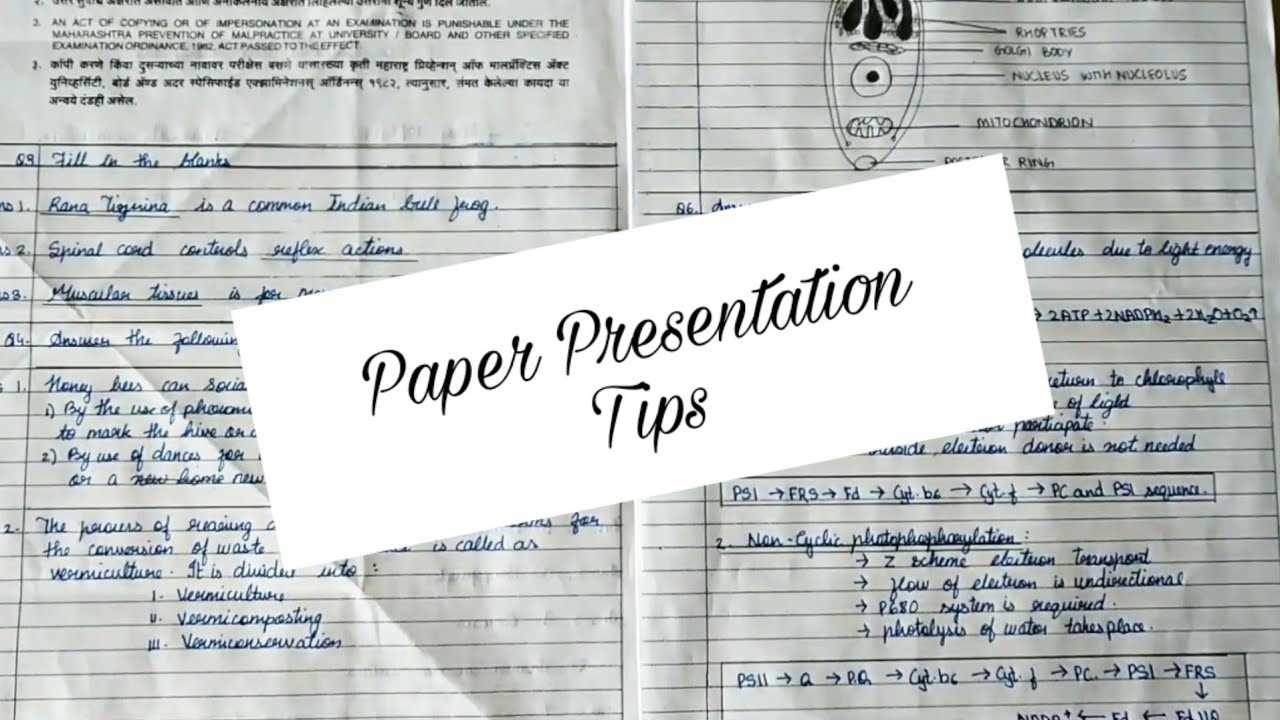
Maintaining a calm and focused mindset is essential when faced with a high-pressure situation. Stress and anxiety can hinder your ability to think clearly and perform your best. By staying composed and concentrating on the task at hand, you can improve both your performance and overall experience.
Breathing techniques are one effective way to manage stress. Deep, slow breaths can help calm your nerves and increase your concentration. Take a few moments at the start of the assessment to clear your mind and regain control over your emotions.
Break tasks into smaller steps to avoid feeling overwhelmed. When you approach each question systematically, you can tackle them one at a time, which makes the process less daunting. Break down complex problems into manageable sections and focus on solving them step by step.
Practical Tips for Staying Focused
- Time management: Keep track of time without obsessing over it. Allocate specific periods for each section, and stick to them to avoid rushing in the final minutes.
- Minimize distractions: If you’re allowed to have an object like a watch or small note, make sure it’s within reach but not something that will distract you from your work.
- Positive self-talk: Remind yourself that you’ve prepared well and that you are capable. Reassure yourself that you can handle any challenge that arises during the test.
- Take short breaks: If allowed, briefly pause to rest your mind between sections. Close your eyes for a moment or stretch to release tension.
Maintaining Composure Under Pressure
While pressure is inevitable, how you respond to it is what counts. By approaching the situation with a calm mindset, you can work through challenges with clarity. If you feel yourself becoming anxious, take a few moments to refocus, and remember that it’s just a part of the process. Staying calm enables you to think critically, solve problems effectively, and give your best performance.
Utilizing the Margins Effectively
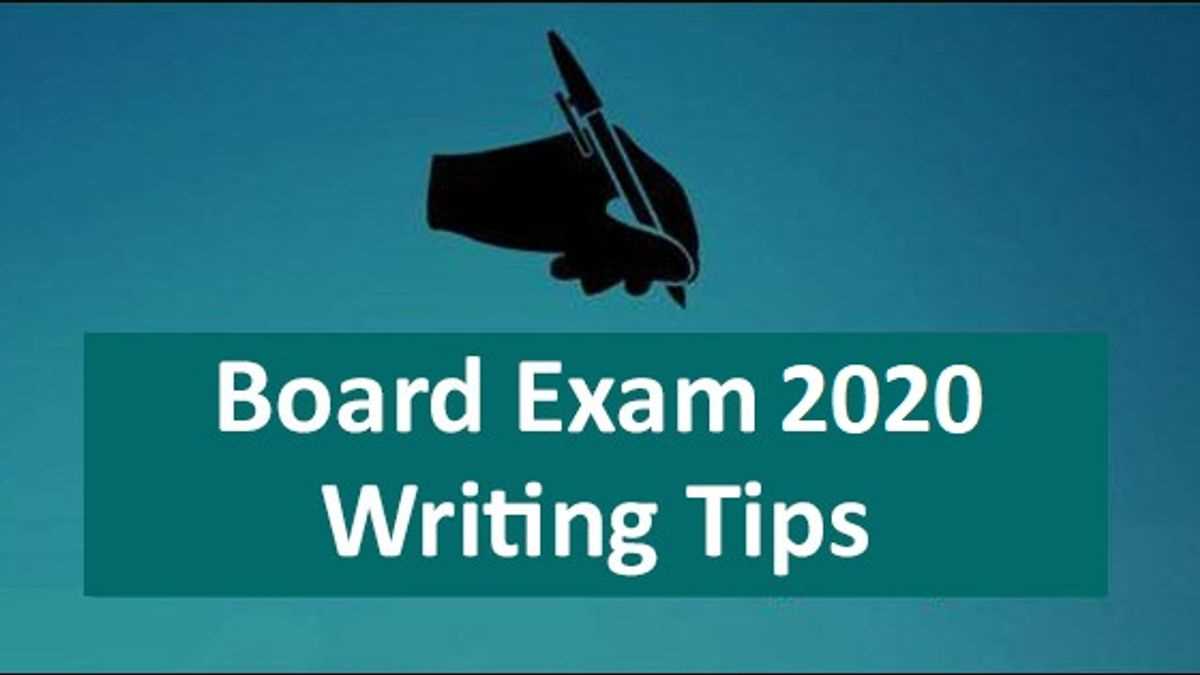
The margins of a paper are often overlooked, but they can serve a practical purpose when it comes to organizing thoughts and structuring your response. By making strategic use of the space around your main text, you can enhance clarity and emphasize key ideas without overcrowding the main content. These small adjustments can make your work more readable and easier for examiners to follow.
Using the margins for brief notes is one effective technique. This can include jotting down quick calculations, relevant keywords, or even brief reminders of important concepts. These notes can help you stay on track without taking up space in your main answer area.
Ways to Use the Margins Effectively
- Highlight key points: If you want to emphasize specific information or important concepts, use the margin to underline or note these points. This can guide the examiner’s attention to the most crucial aspects of your response.
- Organize your ideas: Use the margins to outline the structure of your response or to sketch a quick plan before writing. This is especially helpful for longer questions or ones that require detailed explanations.
- Leave space for additional thoughts: If you have extra information that comes to mind during the writing process, use the margin to add these insights without disrupting the flow of your main answer.
Maximizing Your Use of Space
Effective use of margins can also help in reducing clutter. It ensures that your main response is neat and well-organized, while still allowing for supplementary information to be added without making the page feel cramped. By using the margins thoughtfully, you not only keep your work organized but also convey a sense of professionalism in how you approach the task.
Improving Presentation with Practice
The key to enhancing the quality and clarity of your work is consistent practice. Just as with any skill, the more you refine the way you organize and communicate your thoughts, the more confident and effective you will become. Through regular exercises, you can develop a clear, structured approach that will not only make your writing more readable but also improve its overall impact.
Key Areas to Focus On
| Area | How to Practice | Benefits |
|---|---|---|
| Writing Neatly | Practice writing essays or paragraphs by hand with a focus on legibility. | Improves readability and clarity for the reader. |
| Organizing Ideas | Use outlines or mind maps before writing to structure your ideas. | Helps in presenting thoughts logically and cohesively. |
| Time Management | Set time limits while practicing answering questions to manage your response time. | Ensures you complete all parts of the task within the given timeframe. |
| Using Diagrams and Charts | Incorporate sketches or diagrams regularly while answering practice questions. | Enhances the clarity of complex information and supports your arguments. |
Practical Tips for Consistent Improvement
To make noticeable progress, it is essential to evaluate your practice sessions regularly. This can be done by reviewing your past responses, identifying areas where you tend to struggle, and focusing on improving those specific aspects. Practicing under simulated conditions can also help, as it will allow you to work under pressure and adapt to various question formats.
Ultimately, consistent practice builds confidence. The more familiar you become with structuring your work clearly and answering efficiently, the more natural it will feel when the time comes to tackle real tasks. Through gradual improvements in presentation, your ability to communicate effectively will be enhanced.